Carneddau Hengwm
The Carneddau Hengwm are a couple of quite large tumuli or Neolithic burial chambers that are about two and half miles inland from Llanaber off the A496 Meirionnydd coastal road between Barmouth and Harlech. They lie in an East to West alignment, about fifty yards apart and at an altitude of 900 feet.

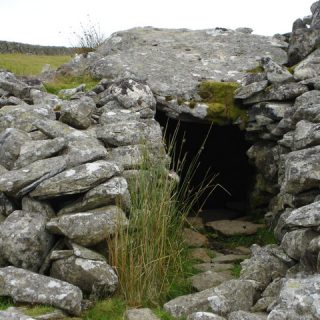
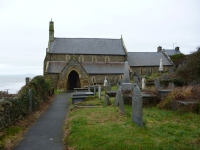
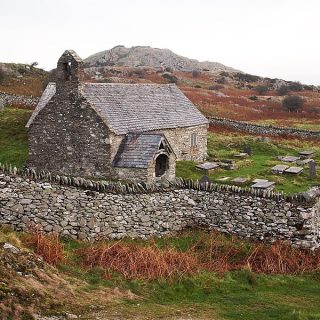
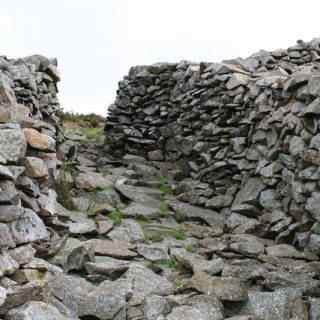
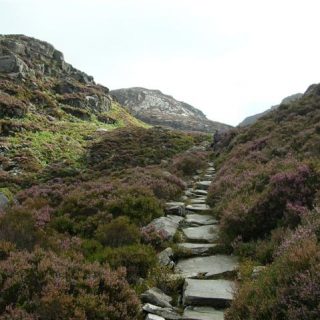
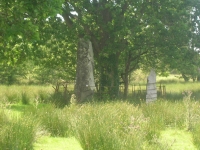
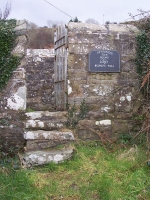
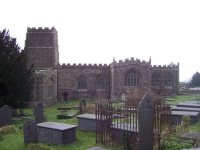
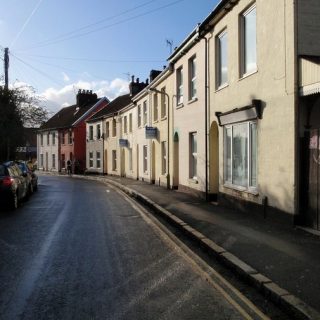
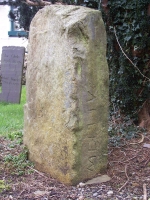
Recent Comments